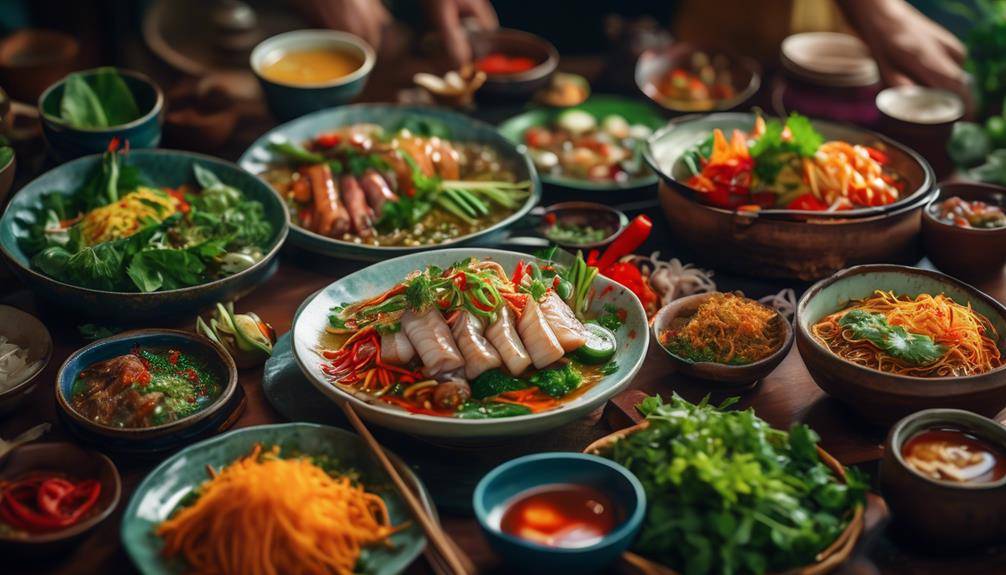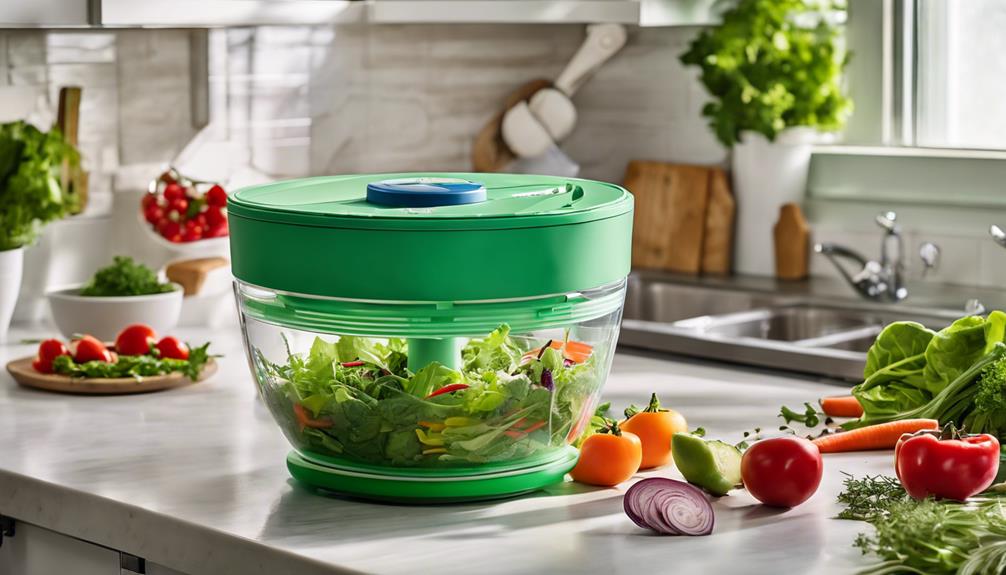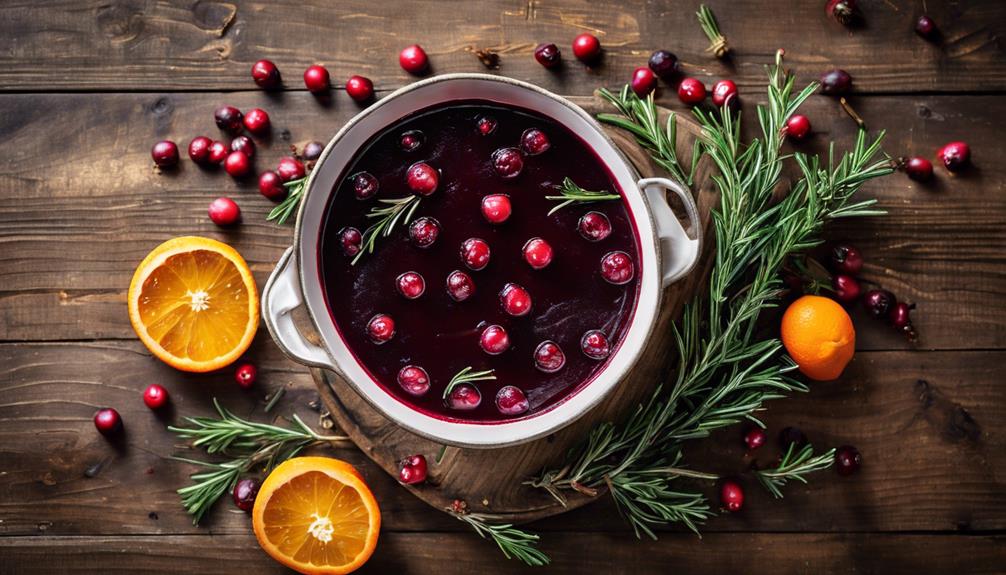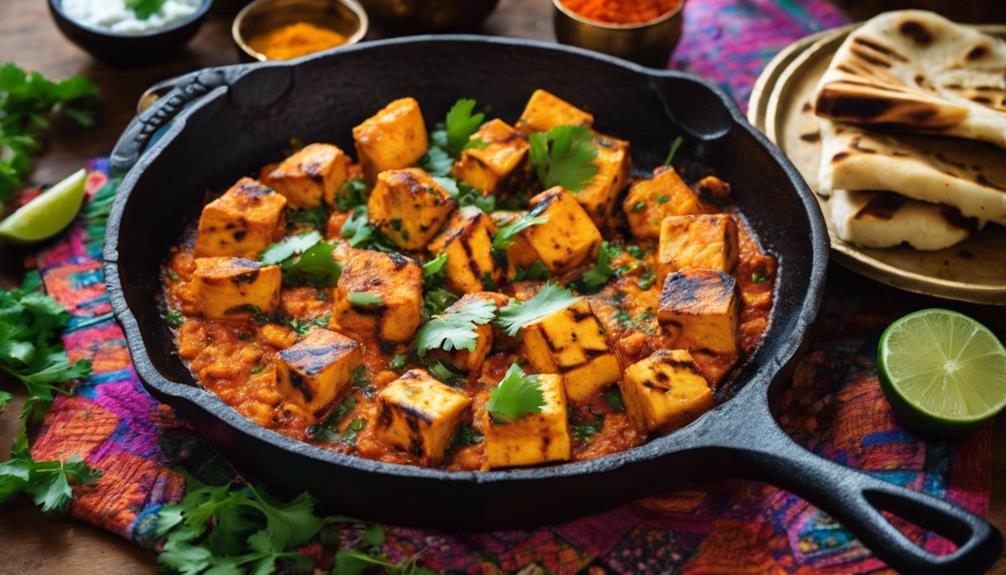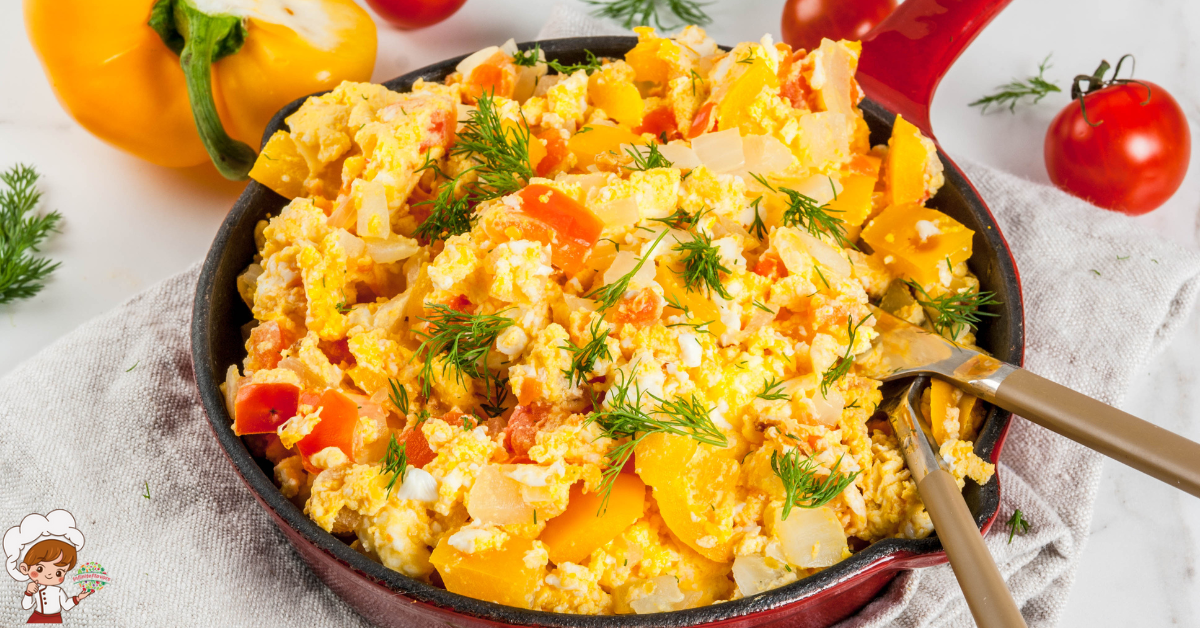The Amazing Rich History of Colombian Arepas
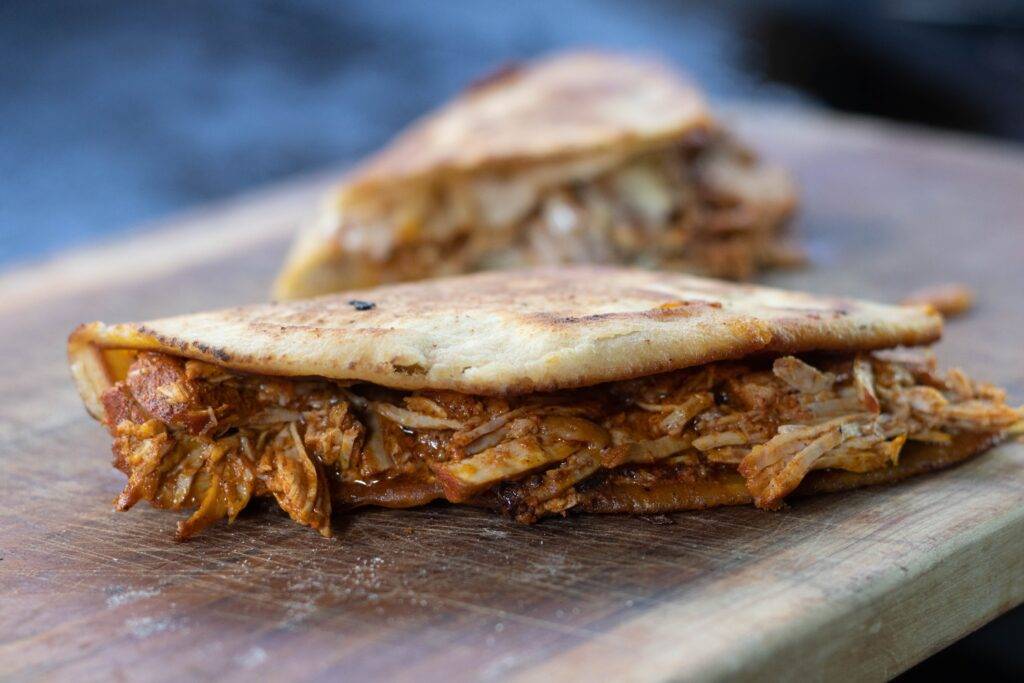
Colombian Arepas; Embark on a flavorsome exploration as we delve into the vibrant history and origin of Colombia’s beloved culinary treasure—Arepas. These humble corn cakes, with their versatile nature and cultural significance, have become an integral part of Colombian cuisine.
Origins in Pre-Columbian Times:
Our journey into the roots of Colombian Arepas takes us back to the lush landscapes of pre-Columbian times, where indigenous communities cultivated maize, the sacred grain that would become the cornerstone of Colombian culinary heritage. In this ancient era, maize wasn’t merely a crop; it was a symbol of sustenance, spirituality, and community.
Indigenous tribes, such as the Muisca and Tairona, revered maize for its versatility and nutritional value. The preparation of Arepas began with the laborious yet artful process of grinding maize into a fine flour. This flour, known as masarepa, laid the foundation for crafting these simple yet profound corn cakes.
The significance of Arepas extended beyond the culinary realm. They were integral to ceremonial gatherings, expressing gratitude to nature’s bounty. The flat, round shape of Arepas mirrored the sun, embodying a connection to cosmic forces in indigenous cosmology.
The art of shaping and cooking became a communal activity, often involving intricate rituals that strengthened social bonds. The preparation of Arepas symbolized a harmonious relationship between humans and the land, emphasizing sustainability and respect for nature.
As we explore the origins in pre-Columbian times, we encounter not just a culinary technique but a profound cultural practice—a testament to the deep interweaving of food, spirituality, and community in the fabric of Colombian history.
Regional Variations:
Uncover the diverse array of regional Arepas, each boasting unique flavors and preparation methods. From the coastal areas to the Andean highlands, experience the culinary tapestry that defines Colombia’s cultural and geographical diversity.
Arepas in Colombian Daily Life:
Fast forward to contemporary Colombia, and you’ll find Arepas firmly embedded in the daily life and culinary identity of the nation. These humble corn cakes have transcended their ancient origins to become a staple on Colombian tables, cherished for their versatility and comforting simplicity.
In the bustling cities, towns, and rural landscapes of Colombia, they are a breakfast favorite, a satisfying snack, or an accompaniment to hearty meals. Their round, golden forms grace breakfast tables alongside fresh cheese, eggs, or a dollop of butter. The aroma of Arepas sizzling on griddles or open flames is a familiar scent that wafts through Colombian households, signaling the start of a new day.
What makes them so ubiquitous in Colombian daily life is their adaptability. These corn cakes come in various sizes, thicknesses, and regional variations, catering to diverse tastes and preferences. Whether enjoyed with a cup of coffee in the morning or as part of a festive dinner, Arepas are a versatile canvas for an array of fillings, from savory meats and cheeses to sweet spreads and fruits.
Colombian celebrations and gatherings are incomplete without their presence. They effortlessly bring people together, fostering a sense of community and shared heritage. From street vendors offering quick Arepa fixes to grandmothers passing down cherished recipes, these corn cakes have become a symbol of Colombian culinary pride.
In essence, Arepas have evolved from an ancient ritual to an integral part of modern Colombian life, embodying the country’s rich history, cultural diversity, and the enduring joy found in simple yet delectable traditions.
Cultural Symbolism and Traditions:
Explore the symbolic significance of Arepas in Colombian culture, from family gatherings to festive celebrations. Gain insight into the traditions surrounding the preparation and consumption , enriching the cultural narrative of this cherished dish.
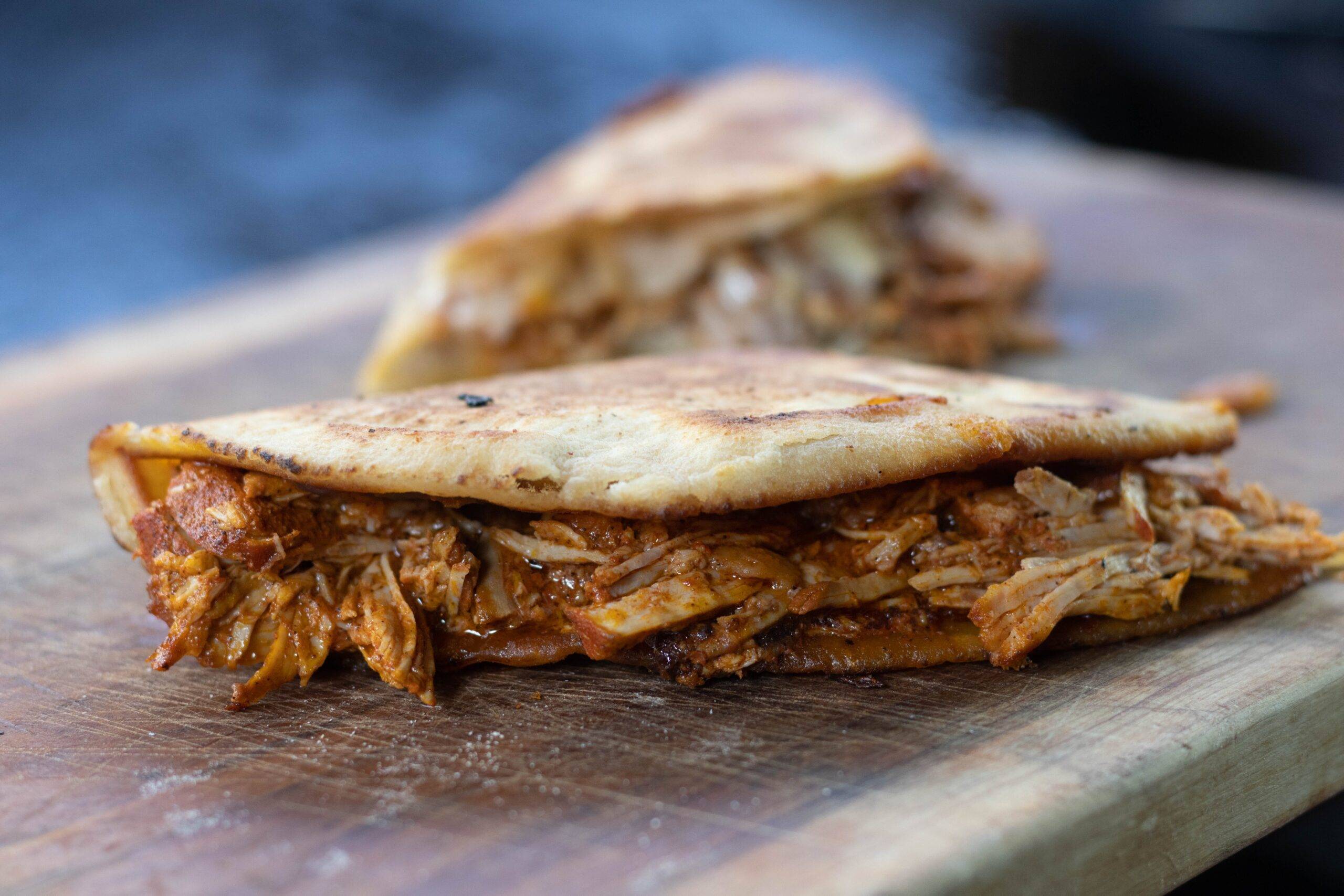
Arepas
Ingredients
- 2 cups pre-cooked cornmeal masarepa
- 2 1/2 cups warm water
- 1 teaspoon salt
- 1 tablespoon vegetable oil
- Toppings of your choice e.g., cheese, ham, avocado
Instructions
- Prepare the Dough:
- In a mixing bowl, combine the pre-cooked cornmeal (masarepa) with salt.
- Gradually add warm water while stirring continuously to avoid lumps.
- Knead the dough until it reaches a smooth, pliable consistency.
- Shape the Arepas:
- Divide the dough into equal portions and shape them into balls, roughly the size of a golf ball.
- Flatten each ball into a disc, creating a round arepa, about 1/2 to 3/4 inch thick.
- Cooking on a Griddle or Pan:
- Heat a griddle or non-stick pan over medium heat and add a bit of vegetable oil.
- Place the shaped arepas on the griddle and cook for 4-5 minutes on each side or until golden brown.
- Ensure both sides are cooked through, forming a crispy exterior while maintaining a soft interior.
- Finishing Touches:
- Once cooked, you can slice the arepas halfway through the thickness, creating a pocket.
- Stuff them with your favorite toppings, such as cheese, ham, or avocado.
- Serve and Enjoy:
- Colombian arepas are best enjoyed fresh off the griddle. Serve them warm and savor the delicious combination of crispy edges and a soft, fluffy center.
Modern Twists and Culinary Innovations:
Witness the contemporary reimagining as chefs and home cooks experiment with innovative fillings and toppings. From classic pairings to fusion creations, Arepas continue to evolve while maintaining their cultural essence.
Conclusion:
As we conclude our exploration of the history and origin of Colombia’s beloved Arepas, it becomes evident that these corn cakes are more than a culinary delight; they are a cultural emblem, woven into the very fabric of Colombian identity. From their humble beginnings in pre-Columbian times to their omnipresence in the bustling kitchens of today, Arepas have journeyed through history, transcending generations.
In Colombia, the story of Arepas is not just about the fusion of corn and water; it’s a tale of resilience, adaptation, and the artistry of turning simple ingredients into a beloved national treasure. The cultural significance of Arepas extends beyond their taste; they are a symbol of unity, bringing people together over shared meals and moments of joy.
Their versatility, witnessed in their myriad forms and regional variations, reflects the diverse landscapes and tastes found across Colombia. Whether served as a comforting breakfast staple, a savory snack, or a central part of celebratory feasts, Arepas are a culinary constant in the ever-evolving tapestry of Colombian daily life.
As Colombians continue to cherish and innovate with Arepas, passing down recipes from one generation to the next, these corn cakes remain an enduring link to the nation’s past and a flavorful expression of its present. In every bite, one can savor the essence of Colombia – a country where tradition meets innovation, and where the simple act of sharing a meal becomes a celebration of culture and community.



